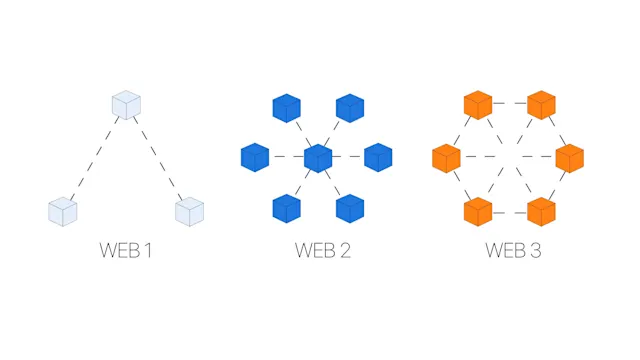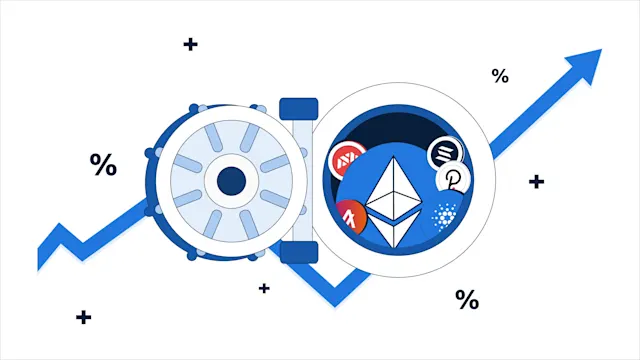
What Is a Burn?
A burn-in cryptocurrency is a process of purposely and permanently removing a coin or token from the circulating supply which can be done by the developers or crypto community.
A burn-in cryptocurrency is a process of purposely and permanently removing a coin or token from the circulating supply, which can be done by the developers or crypto community. Once a cryptocurrency is burnt, it cannot be redeemed. This is comparable to share buybacks in traditional finance.
Cryptocurrencies are burnt by sending them to a “burn address” in which no one has the private keys to the wallet. Once the token is transferred to this address, it is effectively taken out of the circulating supply because no one has access to it. This can be compared to an email address that only receives emails but cannot send emails because no one has the password to access the email and send out emails.
Cryptocurrency burns can be done by the crypto community by simply sending their cryptocurrency to the burn address. Additionally, the project developers can create preprogrammed smart contracts with certain parameters that dictate the amount of cryptocurrency repurchased from the circulating supply and the specific period for burning the currency. Burning is mainly done by the project developers rather than the community.
Example: EIP 1559, or the London Fork, was an update to the Ethereum blockchain that introduced a fee-burning mechanism for the gas fee paid by users. Essentially, the base fee paid for transactions on the Ethereum blockchain is automatically sent to a burner address.
Why Burn cryptocurrencies?
In short, to manage supply. The community holders do not have much of an incentive to burn their cryptocurrency because they are essentially destroying “money.” Alternatively, project developers have an incentive to burn their currency for the benefit of their investors because it deflates the supply, thus raising the value of the investor’s holdings if demand stays the same or increases. Moreover, by promising a burn protocol, investors are incentivized to hold the currency for the longer term, which in turn helps the developers have equity in the long term for building their projects.



